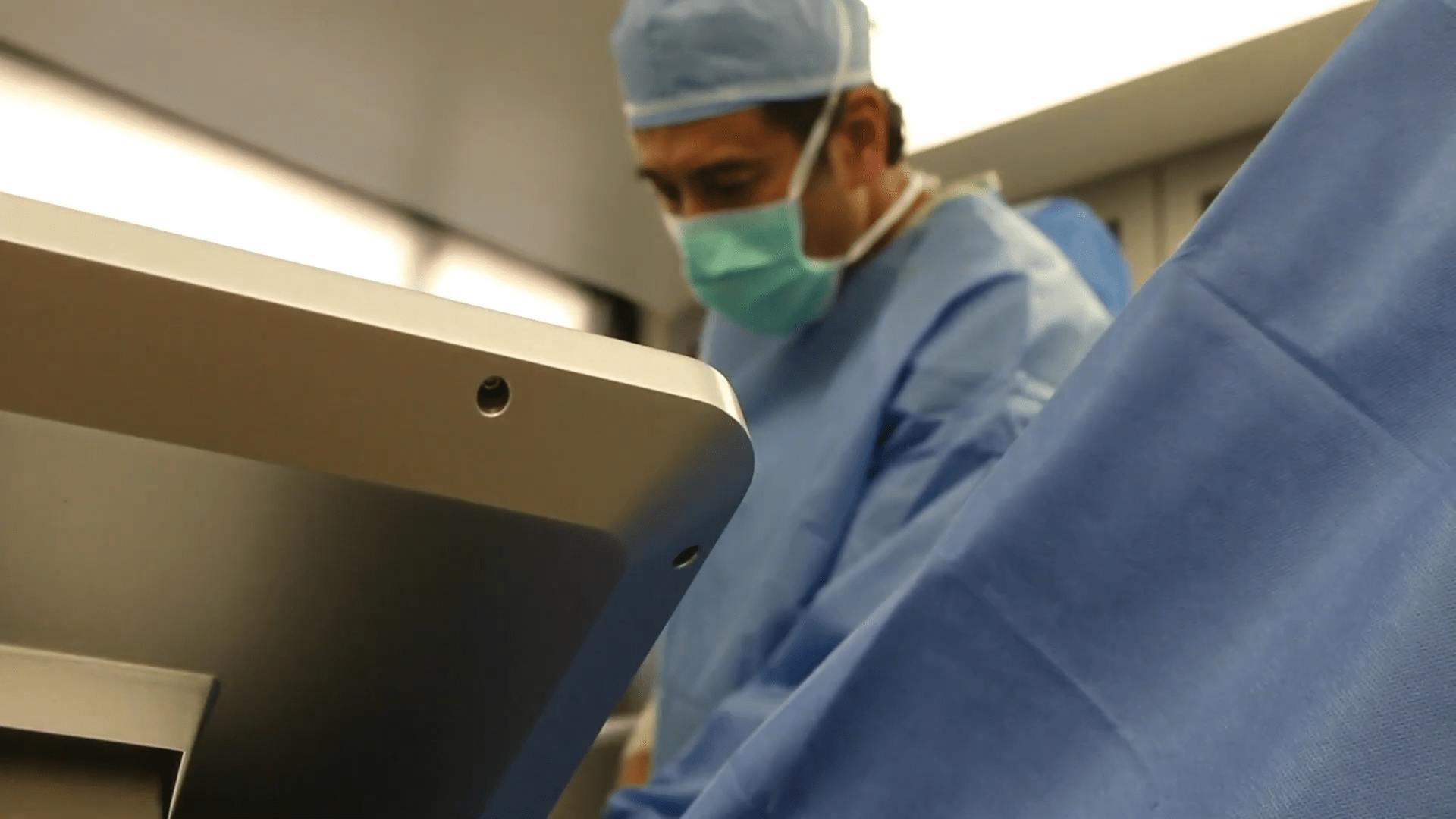If you’ve found yourself longing for a more toned and shapely set of thighs, Dr. Leif Rogers, MD, FACS is proud to offer the thigh lift to patients in Pasadena, Beverly Hills, and all over the world.
Why Choose a Thigh Lift?
Many patients come to us for a thigh lift because they feel frustrated with the fact that careful dieting and regular exercise simply haven’t offered them the cosmetic results they were looking for. Dr. Rogers is adept at listening to his patients’ goals and helping them cross the finish line when it comes to their body contouring goals. Some of the reasons our patients particularly love the thigh lift include:
- The removal of excess skin and fat
- Increased mobility
- Improved body contour
- Long-lasting results
- Boosted self-confidence
- Addressed medical concerns
- Enhanced fit in certain clothes







